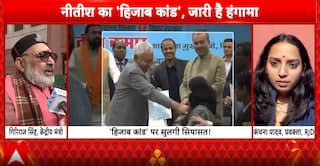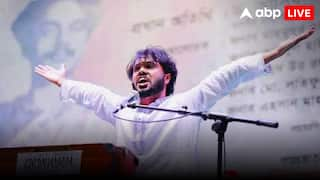Explorer
At last, RBI votes for growth over inflation

The rigid Inflation target of 4% of the Consumer Price Index (CPI) by 2018, has been thrown over. It has now been pushed to ‘early 2021’, with a ‘2% tolerance level’ meaning up to 6%.
The new RBI governor and the 6 man monetary policy team, equally made up of RBI officials and independent, distinguished academics, have unanimously dethroned the paramount emphasis on inflation-containment.
Not that it is being ignored. The CPI inflation target of 5% by March 2017, still looks achievable.
Governor Urjit Patel, also announced that the RBI would target domestic real neutral rates in the range of 1.25%-1.5%, instead of 1.5% to 2% earlier. This suggests further repo rate cuts in the near term.
Some analysts expect a 180 basis points increase in inflation caused bymassive consumption spends via enhanced 7th Pay Commission gains, and Defence OROP sanctioned.
The inflationary projection however, may not prove to be correct, the consumer spending helping instead to revive the economy further, and raise the GDP levels.
The confidence for the rate cut now, has principally come from a distinct easing of food inflation via a good monsoon. And it also takes comfort from continued moderate petroleum import prices.
The Monetary Policy Committee (MPC) has cut both the repo and reverse repo rates by 25 basis points each, in its very first review. The repo rate is now 6.25% and the reverse repo is at 5.75%. The cash reserve ratio (CRR) that the banks must retain at all times, has been left unchanged at 4%.
This signal could well kick-start the private investment cycle. It could also lower housing loan rates, and awaken the languishing residential housing sector.
It is expected it to further boost the economy, growing at a robust 7.6% already.
The forthcoming operationalising of the GST with a base rate at 18%, per consensus of the empowered committee, is, in turn, thought to be non-inflationary. But, it will raise GDP by 2% p.a., and substantially boost indirect tax collections in future.
So, collectively, the stage is being set for sustained and compound double-digit growth. We could see the economy doubling from the $2.29 trillion at present, just over the next five years.
The purchase power parity (PPP) numbers, already in the region of $ 8 trillion, and are also set to double to $13-16 trillion over 5 years.
Business, Industry, economists
Follow Blog News on ABP Live for more latest stories and trending topics. Watch breaking news and top headlines online on ABP News LIVE TV
View More


























